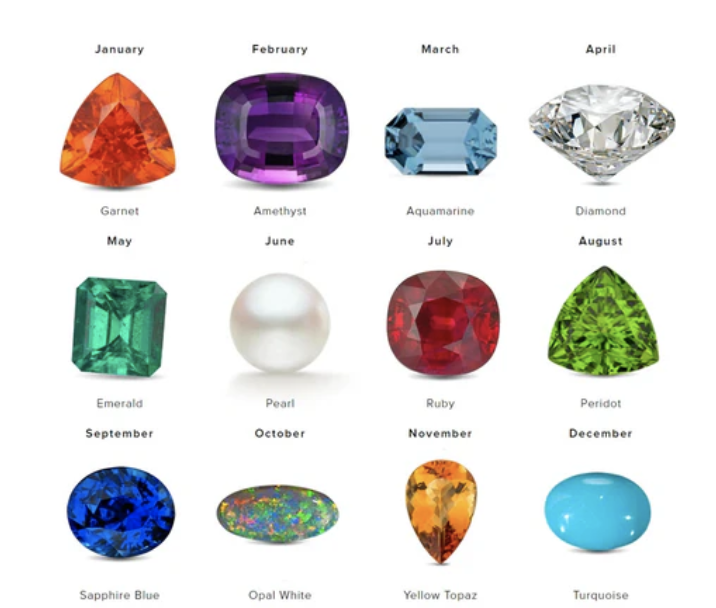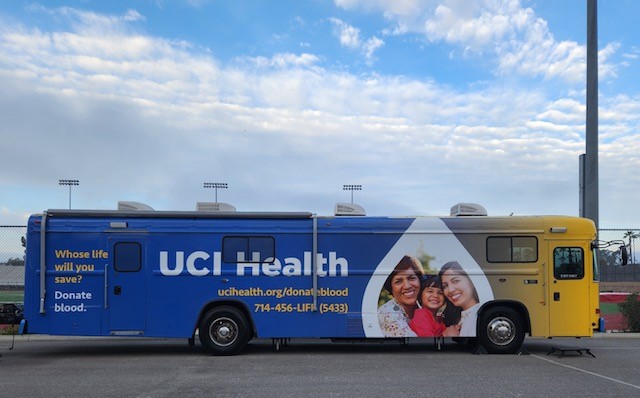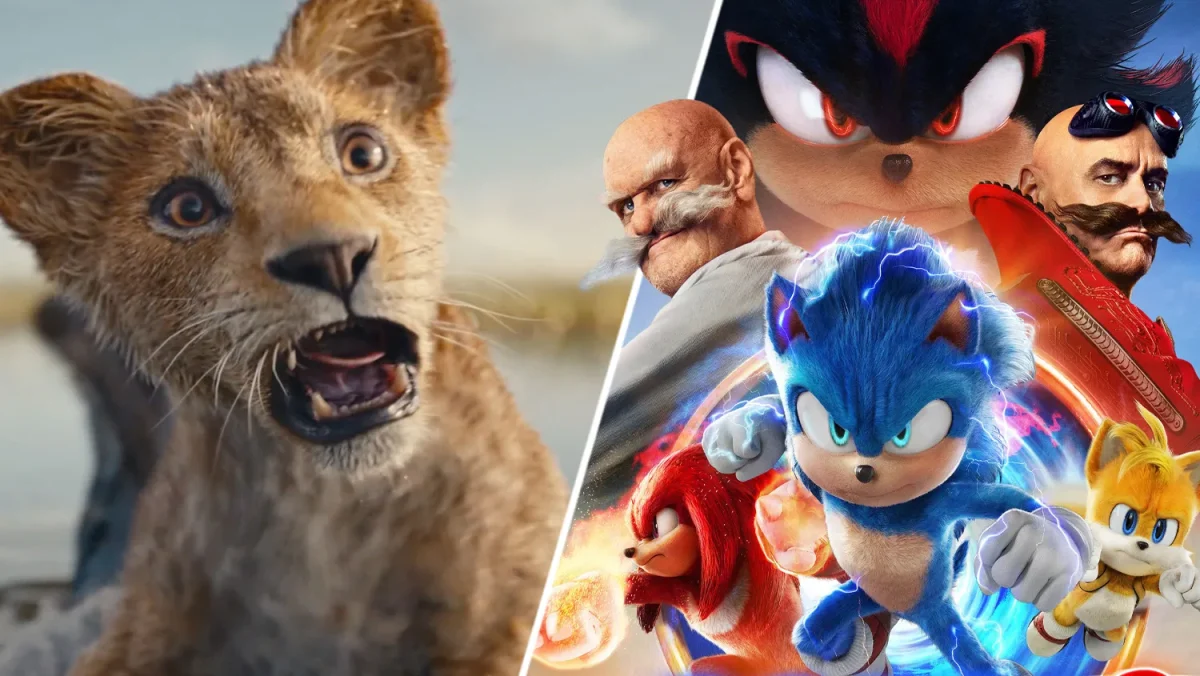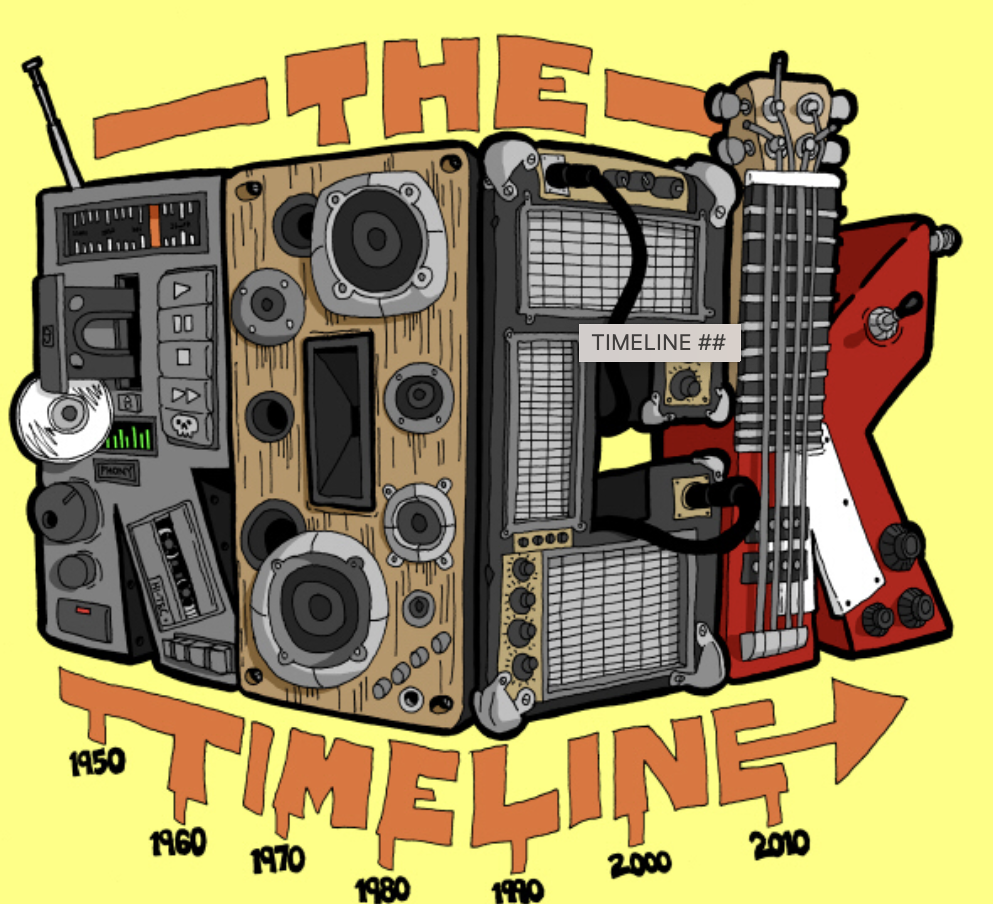Within these last decades, society has been blessed with the sweet resonations of iconic bands such as The Beatles, Led Zeppelin, AC/DC, Fleetwood Mac, Pink Floyd, Nirvana, etc, all with one thing in common. However, recently, as the course of the 21st century has passed within the music industry, a steady decline in the rock and roll genre has occurred.
First, before evaluating the decline, it is essential to assess the evolution of rock and roll. This starts with the origins of the true American genre, which shaped much of the teen angst prevalent in society today.
The 1950s was the time of Sideburns and Poodle Skirts and the Birth of Rock and Roll. In the first few years of rock and roll, rock and roll was a fusion of genres of “the blues,” “the boogies,” and “country folk,” as during this time, music was a reflection of popular culture and mass feelings at that time. In an era of prosperity and a decline of the world of World War 2, many teenagers had the privilege to rebel against the norm and predominantly their parents. In contrast, their parents listened to artists such as Sinatra, and teenagers went out into town to witness the birth of Elvis Presley, Buddy Holly, and Little Richard, as mentioned in Britannica.com.
Ten years after the 50s, the 1960s was a time of diversification in Rock and Roll. Songs such as Bob Dylan’s “Blowin’ in the Wind” started to be used as a platform for civil rights expression. Moreover, in this time of diversification, the “British invasion” impacted the musical industry heavily; this is shown through the fandom of The Beatles taking the world by storm. In addition, the emergence of Psychedelic rock materialized in the late 1960s. The consumption of hallucinogenic drugs enhanced this hallucinatory and abstract type of rock. Psychedelic rock was the intertwinement of the trademarks of blues and folk rock. This then furthered the evolution of hard rock and progressive rock, as mentioned in Masterclass.com.
A decade later, it can be identified that in the 1970s, the genres of glam rock, punk rock, disco, and progressive rock were prevalent. Artists such as David Bowie and Queen for Glam Rock, Pink Floyd for progressive rock, and ABBA for disco rock all dominated the industry and the hearts of worldwide listeners.
It was a time of electronic gadgets, the Walkman, MTV, a thousand-foot-tall hair, bright glowing neon lights, and the time of pop rock. The pop-rock style was gradually introduced in new attractive television programs such as MTV, where pop bands could showcase their talents to young viewers in more of a commercialized and eye-catching setting. Bands such as U2, Duran Duran, Bon Jovi, Guns N’ Roses, and Michael Jackson were in constant loop on listener’s radios, as previously mentioned within the goodmenproject.com.
Furthermore, in the 90s, in the Seattle music scene, bands such as Nirvana and Oasis, the setting of music started to change back to its natural roots and brought back a more grungy, authentic, and angst motive to rock music. As mentioned in liveabout.com, Rock music also became more socially aware, with movements such as environmental, feminism, gendered rights, and racial rights starting to become the motive behind many songs such as Bruce Springsteen’s “Street of Philadelphia,” in which he took to his music as a platform for awareness to the growing AIDs crisis in the community.
Student Aiyanna Reed (10), a proud listener of rock, regards her statement that if rock music is really “dead,” “I don’t believe that it is dead, but it is more hidden and gatekeeping. I still enjoy the music of Bon Jovi and Nirvana, and believe that their songs each have a social motive behind it that is still relevant to society today.”
While this may be the thoughts of some people, it is not for others, and rock music still has a large audience online. Almost 600 songs have one billion or more Spotify streams, attesting that this “dead” genre has made up 10 percent of the streaming consumed, according to loudwire.com.





























